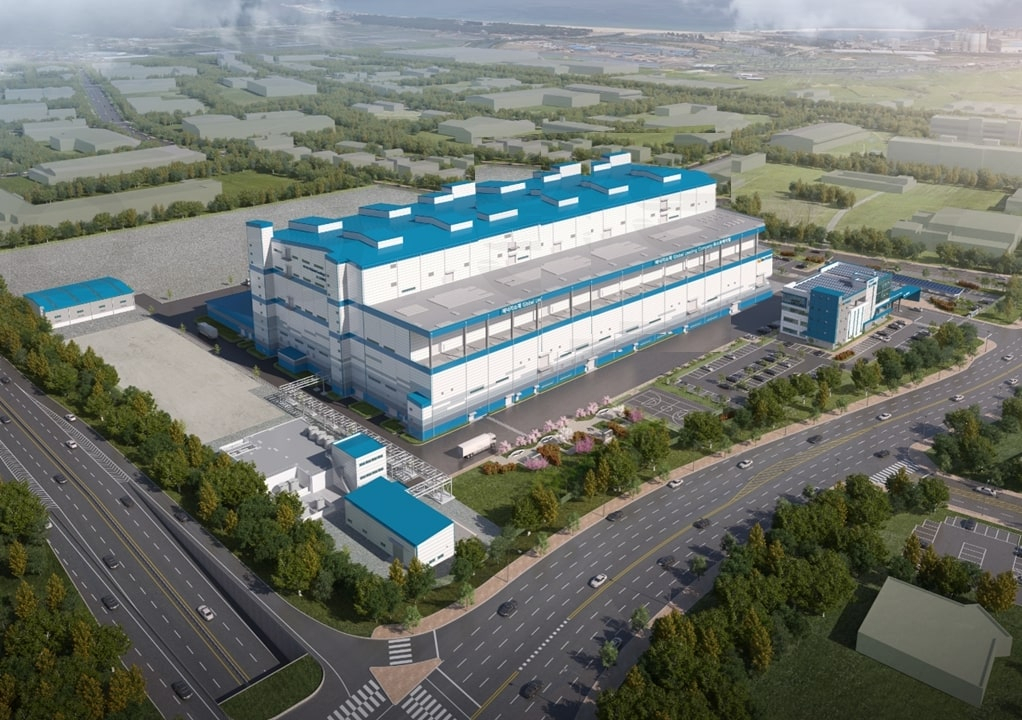 |
Aerial view of Posco Future M’s cathode manufacturing plant in Pohang, North Gyeongsang Province (Posco Future M) |
Posco Future M said Wednesday it broke the record in revenue last year, driven by large-scale supply deals of electric vehicle battery materials.
According to the company’s earnings report, annual sales revenue soared 44.2 percent on-year to 4.76 trillion won ($3.57 billion). In particular, sales of the battery materials business skyrocketed 73.4 percent to 3.36 trillion won, with an increase in the supply of cathode products, largely consisting of premium high-nickel products. Anode battery materials also witnessed sales growth in profitable products.
Its operating profit, however, dipped 78.4 percent to 35.9 billion won, dragged down by a one-off cost for stabilizing production of single-crystal high-nickel cathode and a long-term downward trajectory of lithium prices.
In the fourth quarter alone, it posted 1.46 trillion won in revenue, a 10.9 percent drop from the earlier year, recording a deficit of 73.7 billion won. It is the company’s first quarterly deficit since the second quarter of 2015.
“In 2024, we expect to improve profitability by boosting productivity and sales of the single-crystal cathode,” said a Posco Future M official. “In a move to strengthen the competitiveness of the battery supply chain, the company will adopt a manufacturing process that makes natural graphite spherical and obtain high purity.”
“This will reduce dependence on China in manufacturing following the US’ Inflation Reduction Act and Europe’s Critical Raw Materials Act,” the official added.
As a company producing both cathode and anode materials, Posco Future M plans to accelerate investments and expand its footing globally.
After completing the construction of the anode manufacturing plant in Pohang, North Gyeongsang Province, it will ramp up the annual production capacity of artificial graphite from the current 8,000 metric tons to 18,000 metric tons -- enough to produce 470,000 units of EVs -- this year.
With the additional 400 billion won investment, its annual capacity is expected to reach more than 36,000 tons in 2025.
By 2026, the company will expand the production of silicon carbon anode materials by 1,000 metric tons to 6,000 metric tons annually. The so-called next-generation material boasts an energy density 10 times higher than graphite anode.
As for cathode, it is poised to set up a second manufacturing plant for high-nickel cathode materials in Gwangyang, South Jeolla Province. Its annual capacity is projected to be 52,500 metric tons in 2025.
Its cathode plant in Pohang, which started commercial operation last year, aims to boost production from the current 30,000 metric tons to 106,000 metric tons in 2026.







